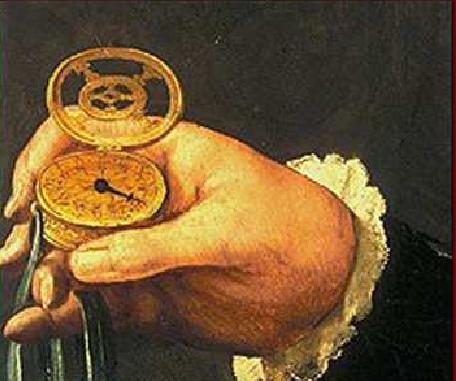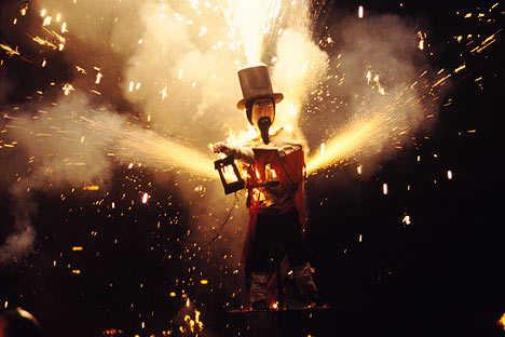You have to feel sorry for Guy Fawkes, also known as Guido. He was the Ronnie Biggs of his day. Not the mastermind of one of the most daring and ambitious crimes in British criminal history, in this case the notorious Gunpowder Plot, but just the man found in the wrong place at the wrong time. In this instance, the wrong place being the undercroft of the Houses of Parliament with a few extremely incriminating barrels of gunpowder. Let’s just say his life after that point was no picnic. He was imprisoned, tortured on the rack, and eventually hung drawn and quartered for treason. There was no escaping to Brazil in those far off days.
Guy Fawkes and the Gunpowder Plot
Fawkes, an Elizabethan nobleman, adventurer, and politician had only a relatively minor role in the Plot.
The Plot, largely devised by passionate and persuasive Catholic agitator Robert Catesby,was intended to overthrow the government and assassinate the Monarch by blowing up the Houses of Parliament. It began in the belief that sufficient respect and justice were not being given to the Catholic community of the day. Catholics had hoped that when James I came to the throne he would be more lenient, but, even though his mother was a Catholic, this did not prove to be the case.
At a meeting at the Duck and Drake Inn, Catesby explained his plan to Guy Fawkes, Thomas Percy, John Wright and Thomas Wintour. Each of the men agreed under oath to join the conspiracy. Over the next few months, Francis Tresham, Everard Digby, Robert Wintour, Thomas Bates and Christopher Wright also agreed to take part in the overthrow of the king. It failed spectacularly, and unfortunately for Fawkes it was he who was caught trying to light the incriminating fuse. He therefore achieved notoriety and became, by association, the principal character of the Plot.
Bad timing
November 5th 1605 was chosen as the day for the Gunpowder Plot to be realised as that was the day King James was due to open Parliament.
The Plot was foiled in the night between the 4th and 5th of November. Already on the 5th, angry Londoners who knew little more than that their King had been saved, joyfully lit bonfires in thanksgiving. As years progressed, however, the ritual became more elaborate.
Meanwhile, in the undercroft of the Houses of Parliament, after much resistance from Guy Fawkes, he was searched and they found on him a lantern, matches and a pocket watch. To be carrying a pocket watch in those days was extremely rare, few had even seen one, and it was deemed a high-tech instrument. The pocket watch had been given to Fawkes to time the lighting of the fuse by co-conspirator Thomas Percy. In those days watches had no second hand, only an hour hand, so judging time accurately was limited to knowing just the hour. Perhaps if the technology had been better the fuse could have been lit by a timing device while the conspirators enjoyed a few ales in the good old Duck and Drake Inn. But it was not to be.
Under questioning Fawkes steadfastly admitted his intention to blow up the House of Lords, and expressed regret at his failure to do so. His determined manner earned him the admiration of King James, who described Fawkes as possessing “a Roman resolution”.
Bonfire Night
Even on the night of the incident itself, November 5th, 1605, Londoners were encouraged to celebrate the King’s escape from assassination by lighting bonfires. “Always provided that ‘this testemonye of joy be carefull done without any danger or disorder.'”
Nowadays, of course, family bonfire gatherings are much less popular, and many once-large civic celebrations have been given up because of increasingly intrusive health and safety regulations. Not only that, Guy Fawkes Night has been somewhat overshadowed by the American tradition of Halloween on October 30th. But for incident, intrigue and drama, the true story of Guy Fawkes makes Halloween pale in comparison.












